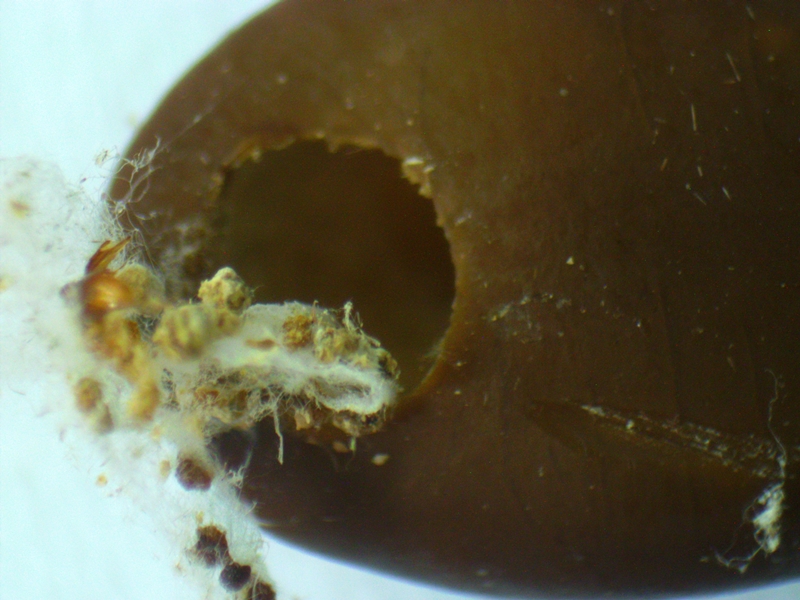In order to reduce negative effects of application of chemical agents, biological control is becoming increasingly important. This paper therefore focused on research of effects of certain types of seed beetles on control of invasive plant species in Serbia. Numerous sources suggest that for legumes and seed beetles Bruhinae: Chrysomelidae the rule of coexistence in pairs applies in all ecozones. The species rely on one another, primarily in terms of geographical origin or association, thus one plant species is frequently attacked by only one type of seed beetle. Being confirmed to be expressly monophagous, bruchins have proven to be excellent potential agents of control of invasive and harmful host plants (to date, false indigo-bush in Serbia), as is the case of the seed beetle of Persian silk tree, which has been registered as monophagous in Serbia for the first time, making it the number one potential agent in control of the host plant – Persian silk tree in Greece. Standard entomological methods were used, from sample collections, to experiments in photo-eclectors, during dissection counting and placing the seed for development inside by the method 1 flacon – 1 seed, to maintain precise records of the origin of the emerged insects and their numbers, within standard laboratory conditions. The conditions favoring the expansion of the plant have already developed due to climatic circumstances (changes in terms of heat extremes – global warming and precipitation), and it is now gradually becoming invasive. Parasitoid accumulation of roughly one-third (30%) of the total number of false indigo-bush pods makes the false indigo-tree seed beetle a viable candidate for the status of a bioagent. The species has the extreme potential for the application of biological measures which is now quickly gaining importance, all for the purposes of developing the integral control of the plants. Species Acanthoscelides pallidipennis and Bruchidius terrenus have been recorded in this research for the first time in Serbia, while calendars of development have been made for the researched bruchin species, which represents a significant scientific contribution.

